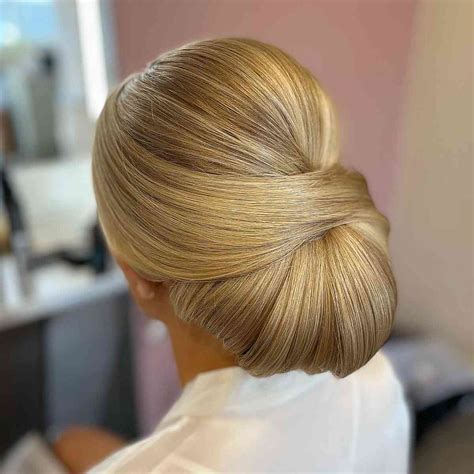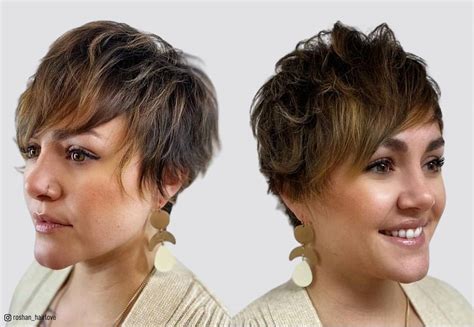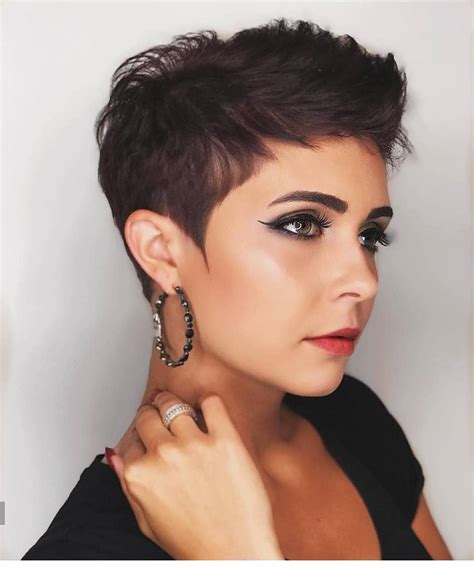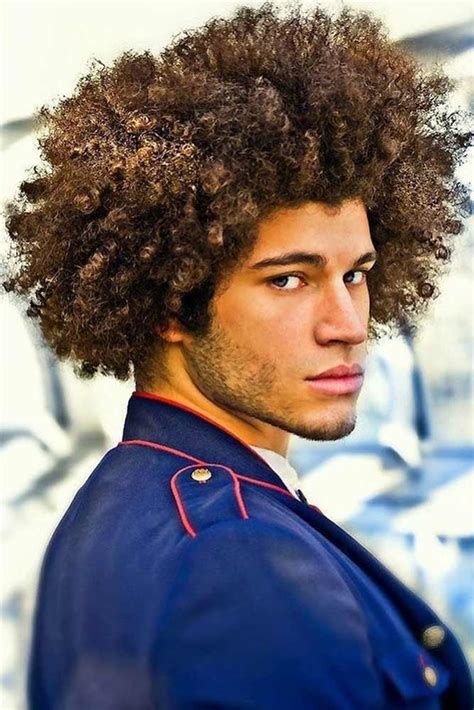Discover the benefits of using henna, how to choose the right product, preparing and applying henna to your hair, and maintaining henna-dyed hair. Achieve luscious, healthy locks!
Benefits of Using Henna
Contents
Henna has been used for centuries not only for body art but also for dyeing hair. There are numerous benefits to using henna as a natural alternative to chemical hair dyes. First and foremost, henna is a natural product, free from harmful chemicals that can damage the hair and scalp. It is also known for its conditioning properties, leaving the hair soft and shiny. Additionally, henna can help to strengthen the hair, preventing breakage and split ends. It also has natural cooling properties, which can help to soothe the scalp and promote healthy hair growth.
Another benefit of using henna is its ability to cover gray hairs. Many people choose to use henna as a natural gray hair cover, as it provides a vibrant and long-lasting color. Unlike chemical dyes, henna does not penetrate the hair shaft, which means it does not cause damage to the hair. Instead, it coats the hair, leaving it healthier and more resilient. This natural dye also provides a range of colors, from a rich red to a deep brown, making it a versatile option for those looking to change their hair color naturally.
The benefits of henna extend beyond the hair itself, as it can also improve the overall health of the scalp. Henna has natural antibacterial and antifungal properties, which can help to reduce dandruff and other scalp conditions. It can also help to balance the pH of the scalp, creating a healthy environment for hair growth. Additionally, the natural properties of henna can help to repair damaged hair, leaving it looking and feeling healthier.
Overall, the benefits of using henna for hair are numerous. From its natural and conditioning properties to its ability to cover gray hairs and improve scalp health, henna is a fantastic option for those looking for a natural alternative to chemical hair dyes. Whether you are looking to change your hair color or simply improve the health of your hair and scalp, henna is a great choice that can provide strong and luscious locks.
Choosing the Right Henna Product
When it comes to choosing a henna product for dyeing your hair, it’s important to consider a few key factors to ensure you achieve the best results. The first thing to consider is the quality of the henna itself. Look for products that are made with pure, natural henna powder, without any added chemicals or dyes. This will ensure that you get the full benefits of henna for your hair, without exposing it to potentially harmful ingredients.
Another important factor to consider when choosing a henna product is the color. Henna naturally imparts a reddish-orange hue to the hair, but there are also products available that are blended with other natural ingredients to create different shades, such as brown or black. Consider what color you want to achieve and choose a henna product that aligns with your desired outcome.
It’s also important to consider the brand and reputation of the henna product you choose. Look for brands that have a good track record of producing high-quality, natural henna products, and read reviews from other customers to get an idea of their experiences. This will help ensure that you’re choosing a product that is both effective and safe to use on your hair.
Finally, consider the packaging and form of the henna product. Some henna products come in powder form, while others are already mixed into a paste or cream. Consider which form would be most convenient for you to use, and also consider the packaging for ease of application and storage.
Preparing Your Hair for Henna Dyeing
Before you begin the process of dyeing your hair with henna, it’s important to properly prepare your hair to achieve the best results. One important step in preparing your hair for henna dyeing is to thoroughly wash and cleanse your hair. This will help to remove any build-up of products, dirt, and oils from your hair, allowing the henna dye to penetrate the hair shaft more effectively.
Another crucial aspect of preparing your hair for henna dyeing is to perform a strand test. This involves applying a small amount of henna dye to a section of your hair to see how it will react. This will help you to determine the exact processing time needed to achieve your desired color, as well as to check for any potential allergic reactions.
After washing and performing a strand test, it’s important to protect your skin and clothing from the henna dye. You can do this by applying a layer of petroleum jelly along your hairline and wearing old clothes that you don’t mind getting stained. This will ensure that the dye does not stain your skin or clothing during the application process.
Lastly, it’s essential to ensure that your hair is completely dry before applying the henna dye. Any moisture in your hair can prevent the dye from properly adhering to the hair shaft, resulting in a less effective coloring process. You can use a blow dryer on a low heat setting to thoroughly dry your hair before applying the henna dye.
Applying Henna to Your Hair
When it comes to applying henna to your hair, there are a few key steps to keep in mind to ensure the best results. First, it’s important to choose a high-quality henna product that is free of additives and chemicals. Look for a product that is 100% natural henna, as this will provide the best color and conditioning benefits for your hair.
Next, you’ll want to prepare the henna paste by mixing the powder with warm water to create a smooth, thick consistency. Allow the paste to sit for a few hours to release the dye, which will help ensure a rich color payoff when applied to your hair.
Before applying the henna to your hair, it’s essential to thoroughly clean and towel-dry your hair to remove any product or buildup. This will allow the henna to penetrate the hair shaft and deliver its strengthening and conditioning benefits more effectively.
Once the paste is ready and your hair is prepped, you can begin applying the henna to your hair in sections, starting at the roots and working your way down to the ends. Be sure to thoroughly coat each section of hair to ensure even coverage and vibrant color results.
After applying the henna to your hair, cover your head with a shower cap or plastic wrap to keep the paste moist and allow the dye to develop. Leave the henna on for a few hours, depending on the depth of color you desire, then rinse it out and enjoy your new, strong and luscious locks.
Maintaining Henna-Dyed Hair
Once you have successfully dyed your hair with henna and achieved the desired color and shine, it is important to know how to maintain it for long-lasting results. With proper care and attention, you can ensure that your henna-dyed locks stay vibrant and healthy.
First and foremost, it is essential to use a sulfate-free shampoo and conditioner. Sulfates can strip the hair of its natural oils and color, leading to fading of the henna dye. Look for products that are specifically formulated for color-treated hair and are gentle on the scalp.
In addition to using the right hair care products, it is important to minimize the use of heat styling tools such as straighteners and curling irons. Excessive heat can cause the henna dye to fade more quickly, so try to air dry your hair whenever possible and use heat protectant products when styling.
Furthermore, it is beneficial to apply a deep conditioning treatment regularly to keep henna-dyed hair moisturized and nourished. Look for products that contain natural oils and ingredients such as argan oil, coconut oil, or shea butter to help maintain the vibrancy of the henna dye.
Lastly, protecting your hair from the sun and chlorine is important for maintaining henna-dyed hair. Wear a hat or use UV protection products when spending extended periods in the sun, and rinse your hair thoroughly after swimming in chlorinated pools to prevent the henna dye from becoming dull or discolored.












